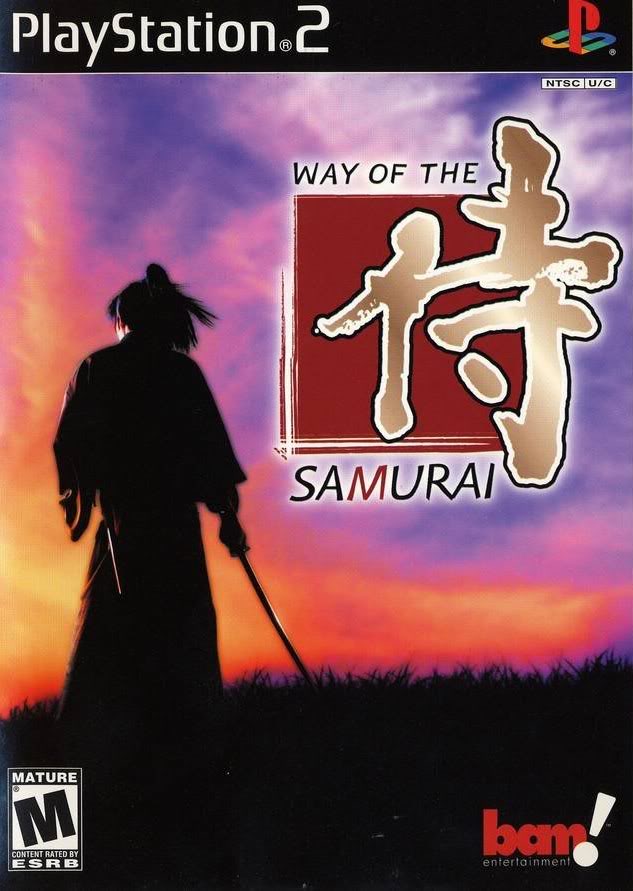


I start with a textual analysis of the values discussed in those texts (see the Appendix for this part) and classify their interpretations of those values based on similarities with the aim to identify majority and minority positions in the pre-modern bushidō discourse. In order to test the criticism against Nitobe’s Bushido, I am going to compare his description of traditional samurai ethics with original bushidō-texts from the Kamakura to the Edo period. Finally, I will suggest that it makes more sense to read his work as a late-stage primary text rather than an extremely unsuccessful attempt to provide an academic survey of the diversity of the samurai ethics.

Furthermore, I will argue that Nitobe was able to give an informed description of pre-modern samurai ethics, because he learned those values in his early socialisation.

Therefore, the claim that all modern bushidōtexts are unrelated to the traditional samurai code of behaviour seems to be incorrect. I will show that Nitobe Inazō provided a reasonably accurate description of pre-modern samurai ethics, despite the fact that he was not an expert in the field. The aim of this paper is to test this claim in general as well as the more specific criticism against Nitobe’s work. Moreover, that the latter ‘were more strongly influenced by the dominant Zeitgeist and Japan’s changing geopolitical position than by any traditional moral code’ (Benesch, 2011b: 3). This argument is based on the recognition of fundamental differences between pre-modern samurai ethics and bushidō texts from the Meiji period onward (Benesch, 2011b: 2). In recent years several researchers have claimed that Nitobe Inazō’s Bushido, The Soul of Japan-written in 1899 in English-does not provide an accurate description of pre-modern samurai ethics, but should be regarded as an attempt to invent a tradition (e.g.


 0 kommentar(er)
0 kommentar(er)
